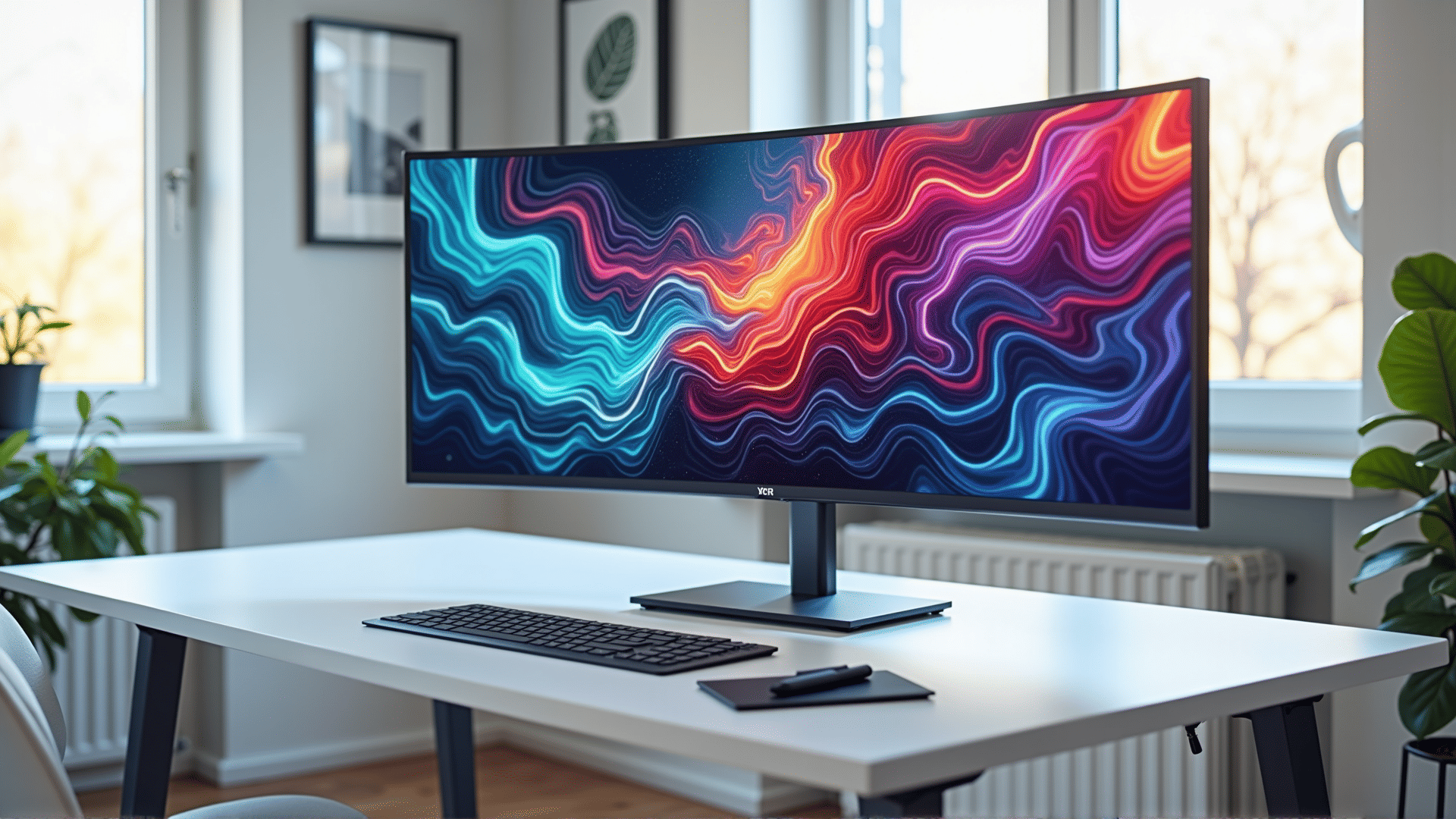In recent years, the realm of art has undergone a profound transformation, marking a departure from traditional canvases and brushes to a world where creativity is intertwined with technology. This digital art renaissance is not just a shift in medium but a revolution that is redefining the boundaries of artistic expression and democratizing access to creative tools.
Central to this revolution is the advent of powerful digital tools and platforms that have enabled artists to explore new dimensions of creativity. Graphic tablets, digital paint software, and 3D modeling tools provide artists with unprecedented freedom to experiment with styles, techniques, and forms. Programs like Adobe Photoshop, Procreate, and Blender have become staples in an artist's toolkit, allowing for precision and flexibility that were once unimaginable.
Moreover, the impact of digital art extends beyond the process of creation itself. One significant advancement is the rise of Non-Fungible Tokens (NFTs), which have empowered artists to monetize their work in innovative ways. By encoding their art into unique digital tokens on the blockchain, artists can ensure authenticity and scarcity, transforming the way art is bought, sold, and collected. This has opened up new revenue streams for creators who were previously marginalized by traditional art markets.
Digital art's influence is also evident in its accessibility. The internet has become a vast gallery, offering a global stage for artists to showcase their work without the need for physical venues. Platforms like Instagram, DeviantArt, and Behance allow artists to connect with audiences worldwide, breaking down geographical barriers and fostering a global community of creatives. This sense of interconnectedness has not only boosted exposure for artists but also facilitated collaborations that transcend borders.
In education and workshops, digital art is being championed as a tool for cultivating creativity and technical skills. Schools and institutions are increasingly incorporating digital tools into their curricula, equipping the next generation of artists with the expertise they need to navigate and thrive in a digital landscape. This focus is creating a new breed of artists who are equally comfortable with technology as they are with traditional techniques.
However, the digital art revolution is not without its challenges. Concerns around ownership rights, data privacy, and the environmental impact of blockchain technologies are topics of intense debate. As the digital art ecosystem evolves, it is crucial for creators, collectors, and technologists to work collaboratively to address these issues, ensuring that the digital art landscape remains ethical and sustainable.
In conclusion, the digital art revolution is a testament to human creativity's resilience and adaptability. It signifies a new era where art is not confined to physical spaces but is a dynamic, accessible, and ever-evolving pursuit. As technology continues to advance and artists push the boundaries of what's possible, digital art promises to be a transformative force in modern creativity, opening up endless possibilities for those daring enough to explore its depths.
